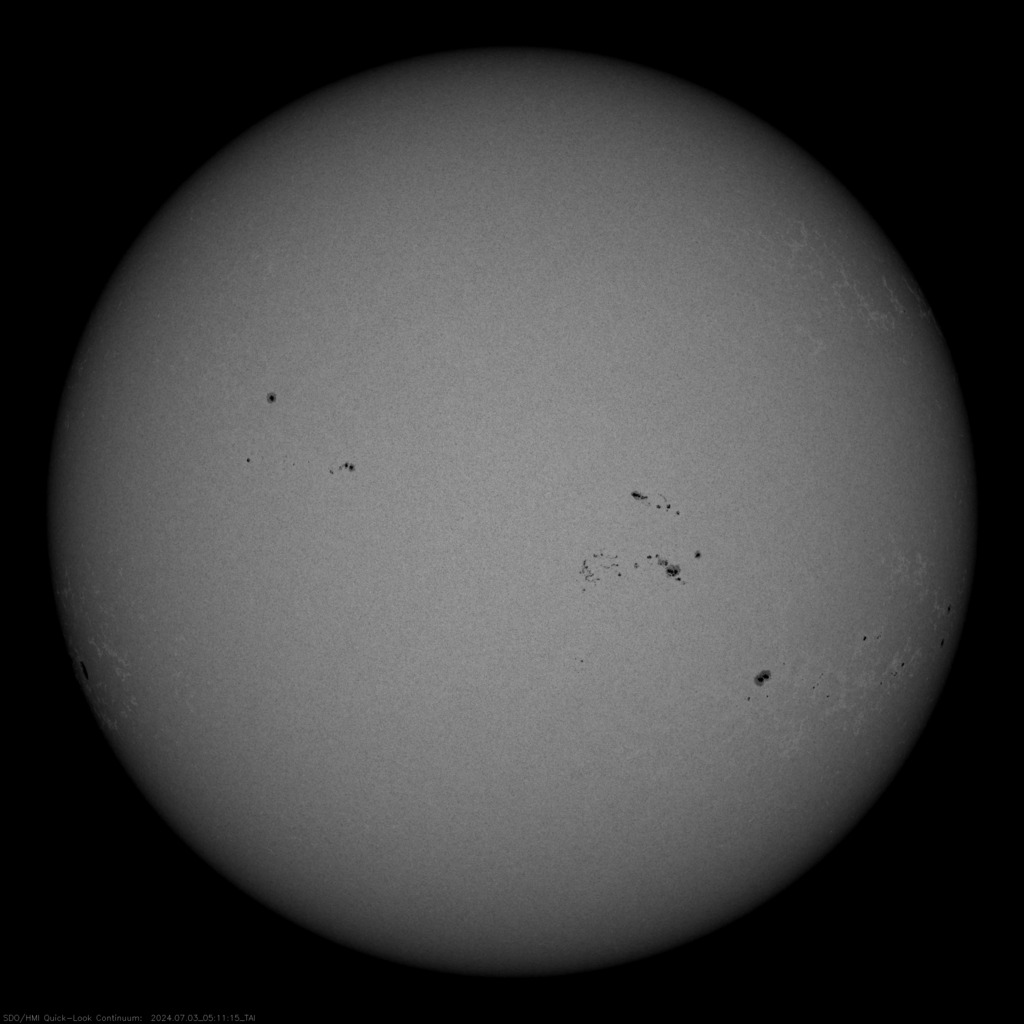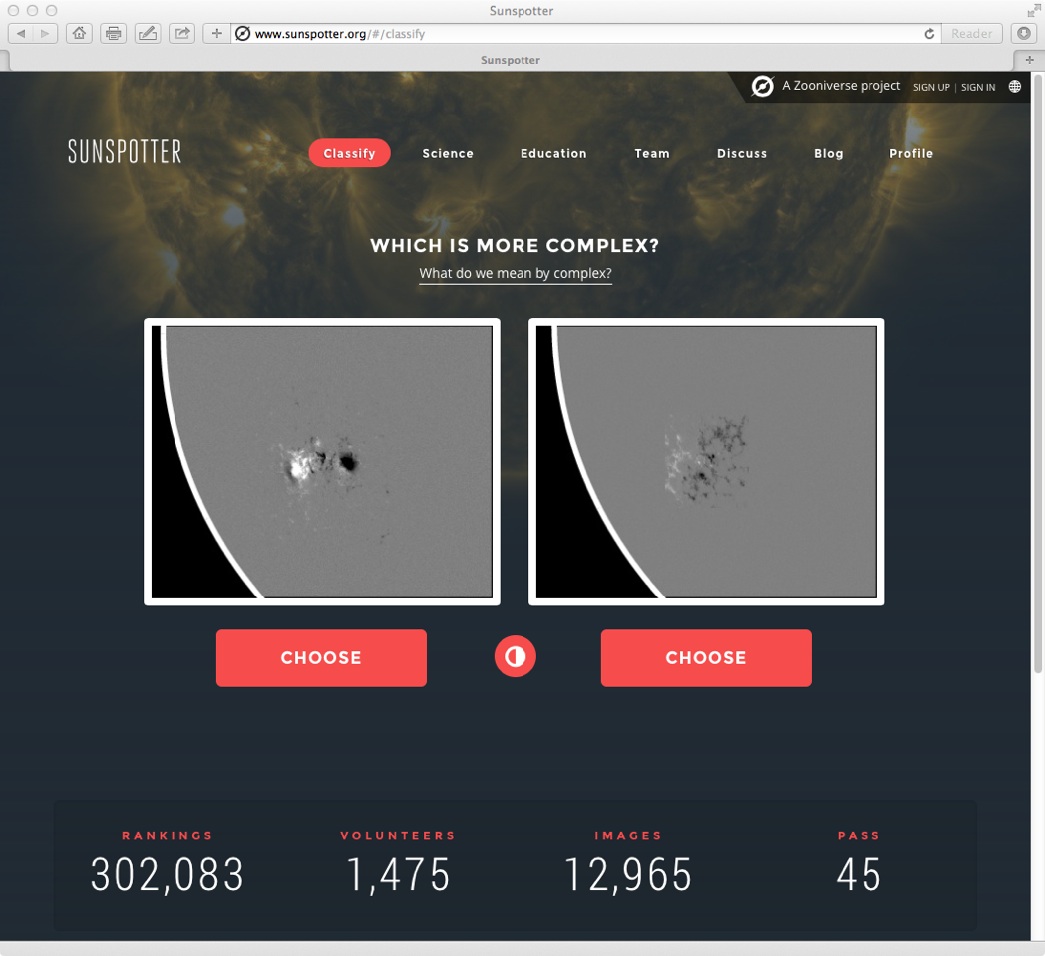
Public activities
Several FLARECAST partners contributed to public activities related to the transit of Mercury on May 9th. CNRS (Meudon), TCD (Dublin), PSUD (Orsay) and FHNW (Windisch) set up telescopes and screens for public observation and provided information on websites and through the media. CNRS invited school classes. Public talks were held at PSUD. One of the highlights was the live broadcast of the latest SoHO/EIT-images set up by PSUD receiving 14000 hits that day – several of which by FHNW 🙂
Although Mercury and its transit isn’t really a FLARECAST topic, the event was a great opportunity to talk about solar activity and related research. Visitors trying to find Mercury on the solar disk discovered sunspots and asked what that was.
Using a variety of instruments
Just a tiny dot passing in front of the Sun – seeing it in real-time was a fascinating experience. In my view, the direct view through a telescope was even more impressive than its observation on a screen or as part of a projected image of the Sun.
In order to see the planet, a telescope with a considerable magnification had been recommended. However, it was even visible with a SunSpotter children’s telescope and my DIY plastic tube telescope.
Looking at images from FLARECAST partners and on social media, the diversity of instruments used for observation is striking. Observations had been carried out spanning from the most advanced instruments to the simplest ones: the space telescope SDO, professional observatories such as the Big Bear Solar Observatory, and amateur telescopes of all sizes and sophistication.
Below, some images of the instruments we use for public events at FHNW. This small selection works quite well for us. Other institutions such as the Observatoire de Paris own an admirable park of great telescopes collected over centuries. However, it is also possible to observe the sun with simple and inexpensive devices.
- Transportable solar telescope
- DIY telescope ~€20
Using different instruments helps connecting with diverse visitors. While some of them are more interested in impressive high-tech equipment, others relate more easily to technology where they can directly see what happens and how projecting the Sun works.
It would be interesting to know what your favourite instrument for public events is, or according to which criteria you put your collection of telescopes together. Comments are more than welcome.
Anyway, as much as I love simple technology – isn’t the publicly shared result of a high-tec instrument great?
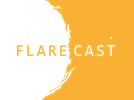
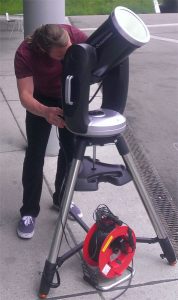
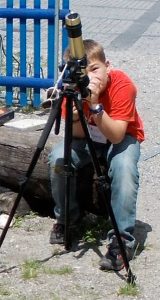
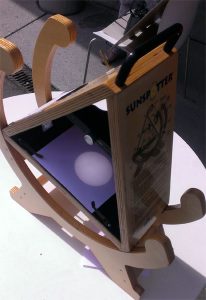
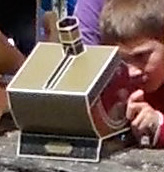
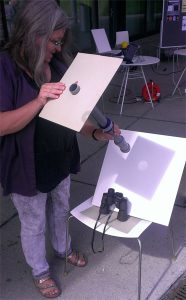
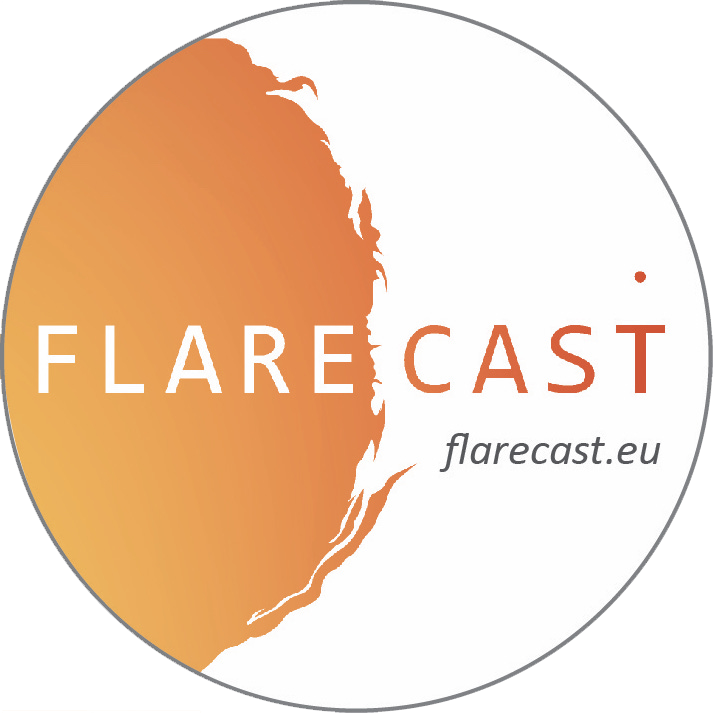 FLARECAST outreach on SlideShare
FLARECAST outreach on SlideShare